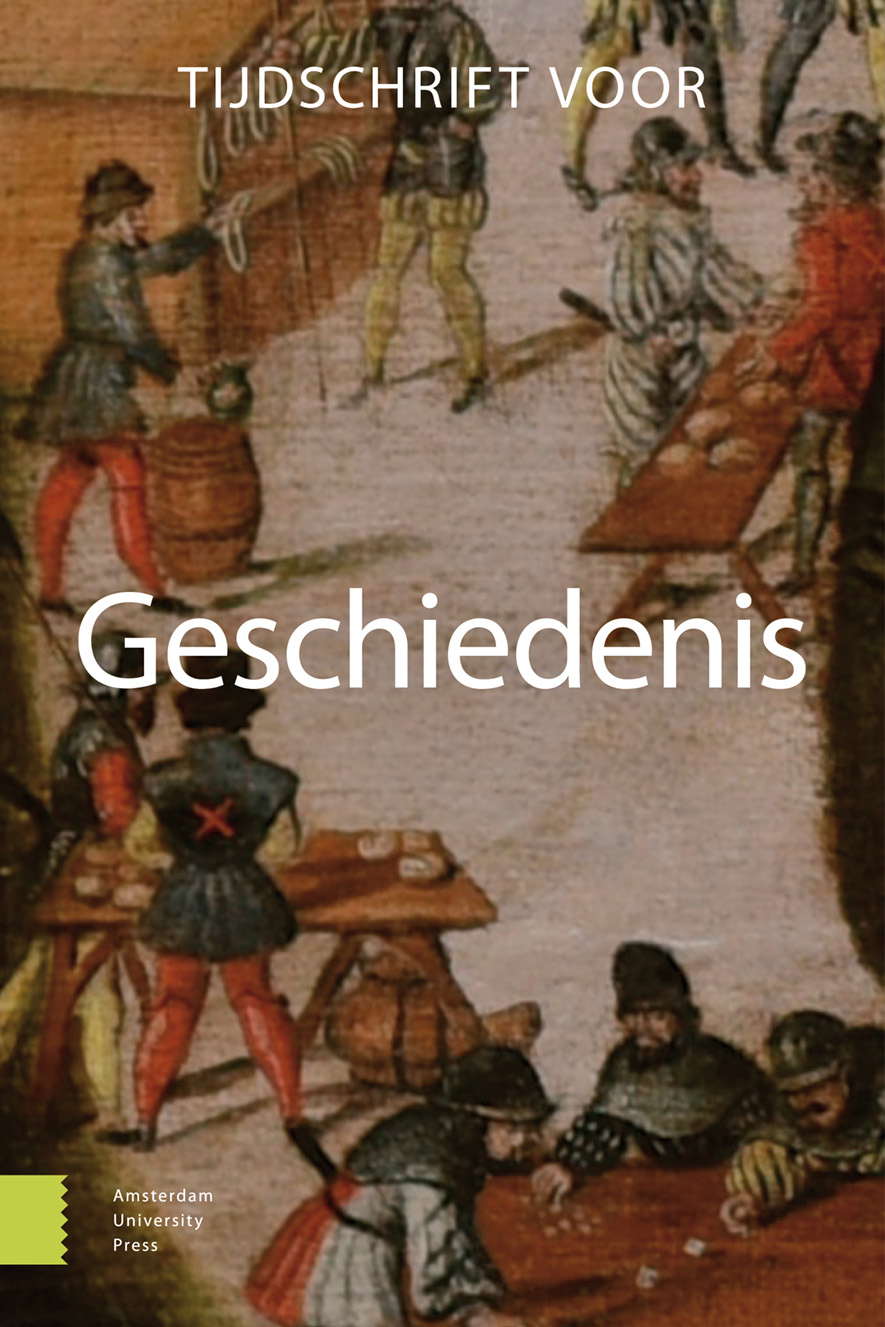-
oa De keizer en de adelaar
Materiële cultuur uit de tijd van Napoleon in Dordrecht, 1810-1813
- Amsterdam University Press
- Source: Tijdschrift voor Geschiedenis, Volume 133, Issue 3, Nov 2020, p. 477 - 498
-
- 01 Nov 2020
Abstract
The emperor and the eagle. Material culture from Napoleon’s reign in Dordrecht, 1810-1813
During Napoleon Bonaparte’s reign as king and emperor of the Netherlands (1810-1813) the Napoleonic eagle had a prominent place in Dutch society. Coats of arms were changed and civic symbols were altered to fit the new regime. But what happened to these symbols when Napoleon’s occupation was over? Were they destroyed, as in France, or was there a different way of looking at Napoleonic symbolism? On a national level the Netherlands attempted to forget the period 1810-1813. As this article argues, events were remembered very differently at a local level. As the case study of Dordrecht proves, objects related to the visit of Napoleon to the city in 1811, and to his reign in general, remained in circulation there. Private stories connected to 1811 secured a place for a seemingly negative episode in the history of Dordrecht. Moreover, the visit created feelings of civic and military pride in the same way that independence did in 1813.


